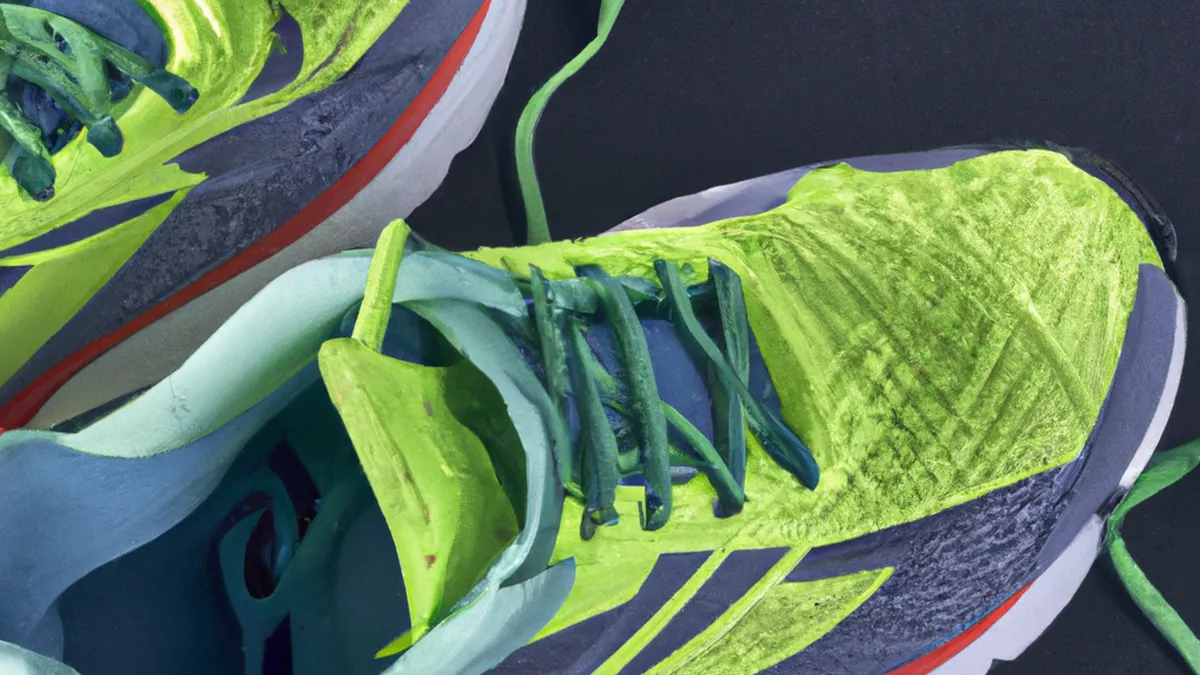Collaboration: The Secret to Muscle Growth
Group Training Dynamics for Hypertrophy
Group training effectively promotes hypertrophy, or muscle growth. Training with others enhances motivation, accountability, and overall results. This post explores effective strategies for group training, focusing on muscle growth, group dynamics, practical tips, and the benefits of training together.
Understanding Hypertrophy
Hypertrophy happens when muscle fibers increase in size due to resistance training. Three key factors drive this process:1. **Mechanical Tension:** Lifting heavy weights creates muscle tension, signaling growth.2. **Metabolic Stress:** High-repetition sets with short rests build metabolites, promoting muscle growth.3. **Muscle Damage:** Intense workouts create micro-tears in muscle fibers. The body repairs these tears, increasing size and strength.Consistently challenging your muscles through progressive overload leads to hypertrophy. Group training significantly supports this process.
The Role of Group Dynamics
Group dynamics foster an effective training environment. Working out with others enhances social interactions that positively influence performance and motivation. Fellow trainees create accountability, making you less likely to skip workouts.Moreover, competition among group members encourages you to lift heavier weights and perform more repetitions. This healthy competition helps you surpass your limits and achieve greater muscle gains.
Setting Group Goals
Establishing clear, achievable goals is crucial for group training. Each member should have individual objectives alongside a group aim. Setting short-term and long-term goals keeps everyone motivated and focused.For example, a group goal could involve increasing overall team strength. Individual goals might include a specific number of pull-ups or lifting more weight in an exercise. Defining goals creates purpose, and members feel invested in their progress.
Tips for Effective Group Training
As an Amazon Associate I earn from qualifying purchases.
Gear tip: consider compression sleeves, compression socks, and percussive massager to support this topic.
Maximize hypertrophy through group training by following these tips:
1. Establish a Structured Training Plan
A structured training plan keeps everyone on track. Create a routine with compound exercises, isolation movements, and adequate rest. Compound exercises like squats, deadlifts, and bench presses build mass by engaging multiple muscle groups. Isolation exercises like bicep curls and tricep extensions target specific muscles for balanced growth.
2. Incorporate Progressive Overload
Progressive overload is vital for hypertrophy. Gradually increase the weight or intensity of your workouts.
Conclusion
Group training effectively enhances hypertrophy, motivation, and results. Use these strategies to maximize your muscle growth.
Below are related products based on this post:
FAQ
What is hypertrophy?
Hypertrophy refers to the increase in muscle fiber size due to resistance training. It is driven by three key factors: mechanical tension from heavy lifting, metabolic stress from high-repetition sets, and muscle damage from intense workouts.
How does group training contribute to hypertrophy?
Group training enhances motivation and accountability, making participants less likely to skip workouts. The competition among group members encourages individuals to lift heavier weights and perform more repetitions, ultimately leading to greater muscle gains.
What are some effective strategies for group training?
To maximize hypertrophy in group training, establish a structured training plan that includes both compound and isolation exercises. Additionally, incorporating progressive overload by gradually increasing weights or intensity is crucial for continuous muscle growth.















Post Comment